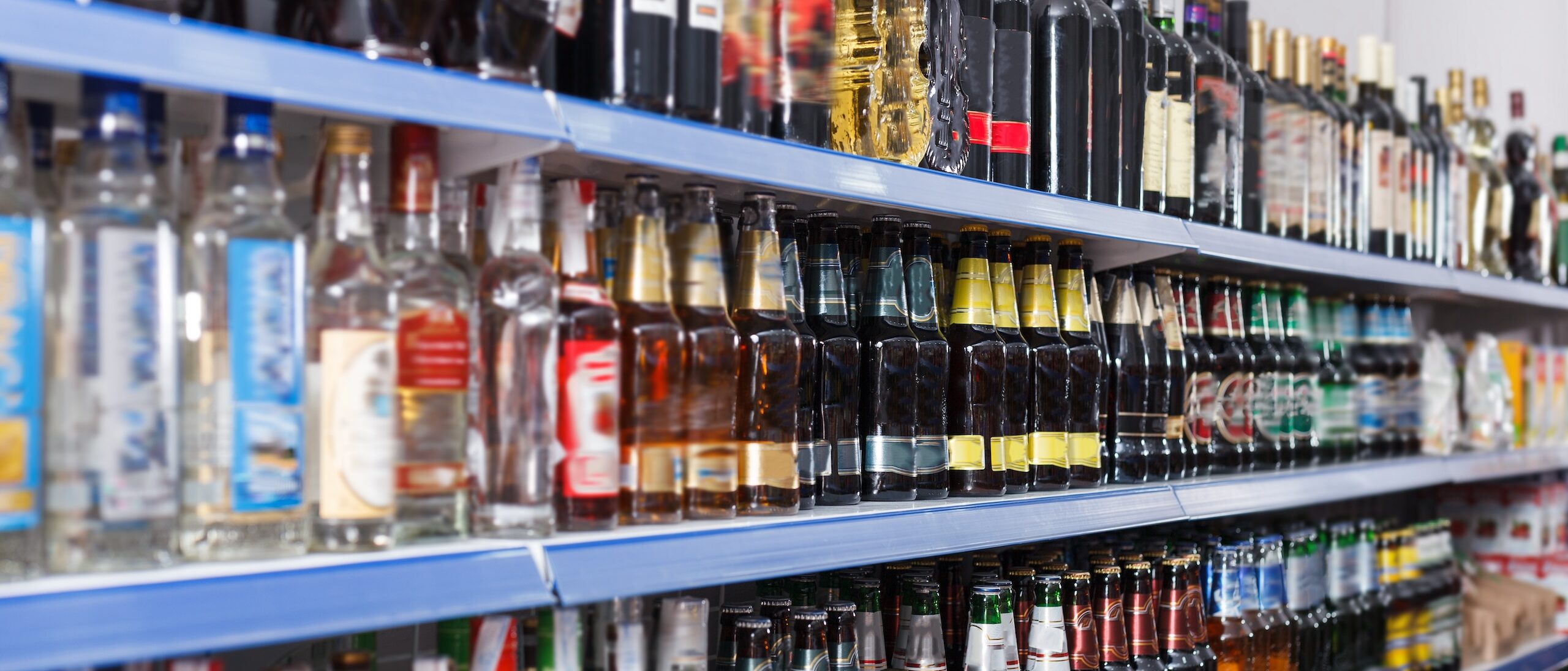

Although the Centers for Disease Control and Prevention (CDC) says that you can “lower your risk for cancer by drinking less alcohol or not drinking at all,” Annenberg Public Policy Center (APPC) data show that less than half of Americans know that regularly drinking alcohol increases the risk of later developing cancer.
The CDC reports that more than half of U.S. adults drink alcohol, 17% binge drink, and 6% drink heavily. The conclusion that alcohol consumption carries significant health risks is backed by systematic reviews as well as meta-analyses focused on the association between alcohol consumption and the risk of death from any cause.
The survey findings come from APPC’s nationally representative Annenberg Science and Public Health (ASAPH) Knowledge survey, which was conducted with a panel of more than 1,700 U.S. adults in September 2024.
Although 40% of survey respondents were aware that regularly consuming alcohol increases the chance of later developing cancer, 40% were not sure whether that is true, and 20% reported inaccurate beliefs (either that it would have no effect or that it would decrease the chance of developing cancer).
“Public health messages about the risks associated with drinking alcohol have to overcome the effects of decades of sophisticated marketing and positive media portrayals,” noted Patrick E. Jamieson, who directs APPC’s Annenberg Health and Risk Communication Institute.
APPC’s Annenberg Science and Public Health knowledge survey
The survey data come from the 21st wave of a nationally representative panel of 1,744 U.S. adults conducted for the Annenberg Public Policy Center by SSRS, an independent market research company. Most have been empaneled since April 2021. To account for attrition, small replenishment samples have been added over time using a random probability sampling design. The most recent replenishment, in September 2024, added 360 respondents to the sample. This wave of the Annenberg Science and Public Health Knowledge (ASAPH) survey was fielded Sept. 13-22 and Sept. 26-30, 2024. The margin of sampling error (MOE) is ± 3.5 percentage points at the 95% confidence level. All figures are rounded to the nearest whole number and may not add to 100%. Combined subcategories may not add to totals in the topline and text due to rounding.
Download the topline and the methods report.

